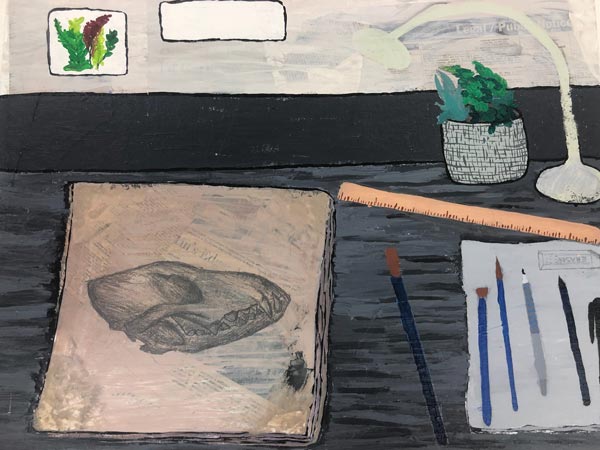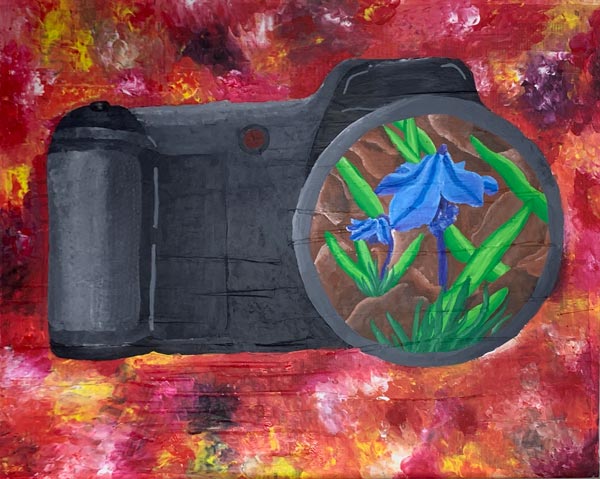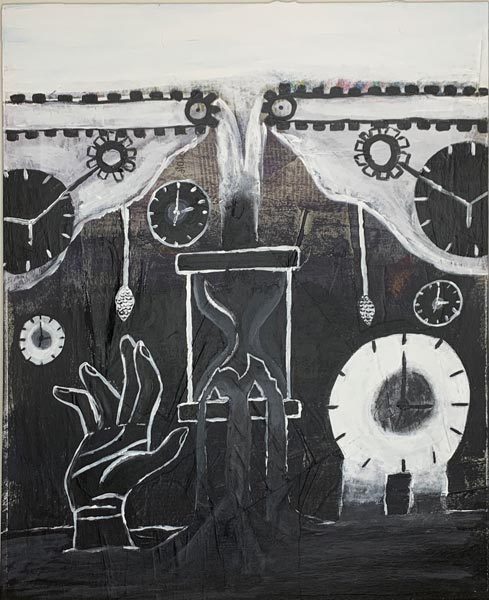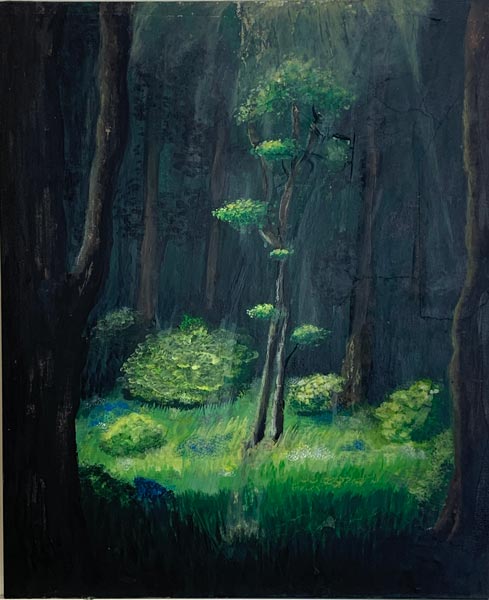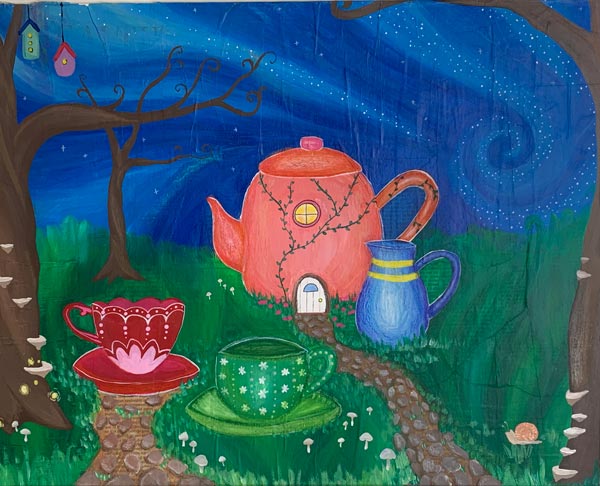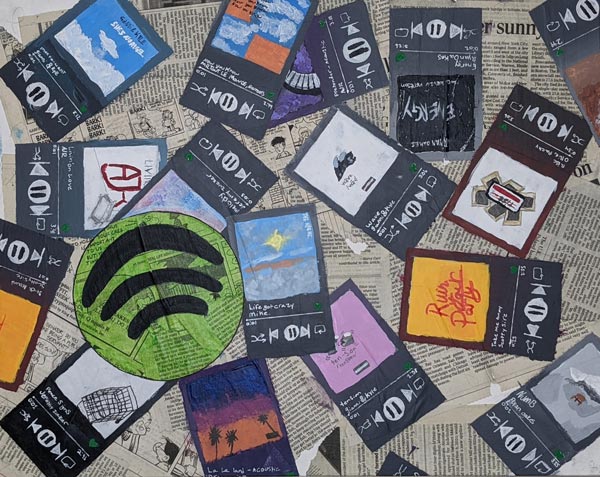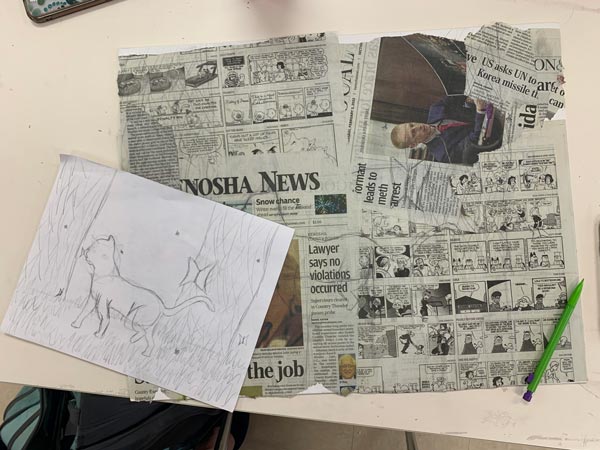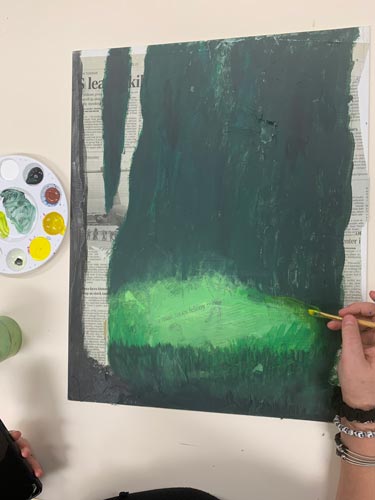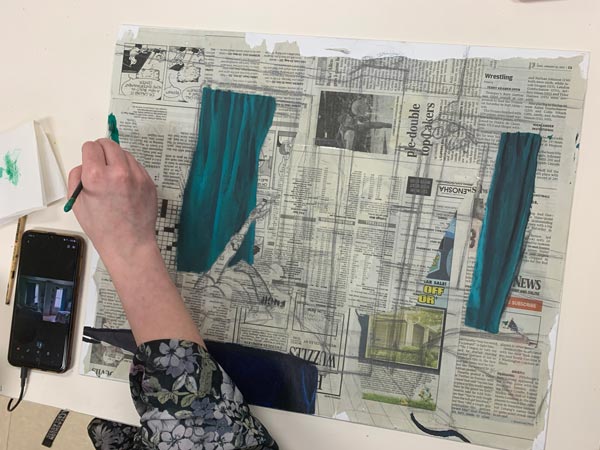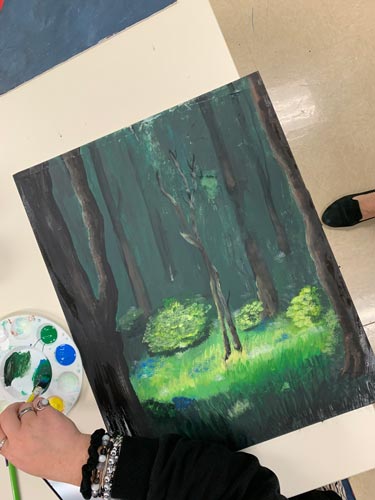Symbolism

Gustave Moreau: L’Inspiration c. 1893
Symbolism was a late 19th-century art movement of French, Russian and Belgian origin in poetry and other arts seeking to represent absolute truths symbolically through language and metaphorical images, mainly as a reaction against naturalism and realism.
Symbolist painters used a wide variety of subjects including heroes, women, animals, and landscapes.

Edvard Munch: Attraction 1896
John H. Wrenn Memorial Collection
They typically gave these subjects deep meanings such as love, death, sin, religion, or disease.
They would use metaphors (or symbols) rather than real life to represent something.

Jean Delville: Medusa 1893
Regenstein Endowment Fund
Feature 1:
Symbolist paintings are dim, nightmarish scenes.
The visions are otherworldly and mystical.
You’ll find haunting, mysterious figures, evil women, supernatural monsters and demons, and imagery of sex and death.
The atmosphere is always unsettling and gloomy.

Odilon Redon: On the Horizon the Angel of Certitude, and in the Somber Heaven a Questioning Eye, plate four from To Edgar Poe, 1882
The Stickney Collection
Feature 2:
The paintings display objects/symbols that represent abstract ideas.
It is often referred to death and decadence.
Extending the symbolism to a whole painting makes it allegorical.
The artists used mythological characters and biblical events: dark spirits, angels, gods and goddesses.

Max Klinger: Dead Mother, plate ten from On Death, 1889
Joseph Brooks Fair Fund income

James Ensor: Death Chasing the Flock of Mortals, 1896
Gift of Dennis Adrian
Feature 3:
The recurring dark theme of death and mortality
(hint: skulls and skeletons)

Gustav Klimt: Portrait of Adele Bloch-Bauer I, 1907
Feature 4:
Femme fatale.

Odilon Redon: The Chimera Gazed at all Things with Fear, 1886
Feature 5:
A world of creepy, disembodied/severed heads, and hybrid human-animal and human-monster creatures.
Key ideas about symbolism:

Edvard Munch: The Scream, 1893
Emphasis on
- ideas,
- emotions,
- subjectivity and feelings instead of realism.
Interest in
- occult,
- morbid,
- dreams,
- evil,
- melancholy
- death


